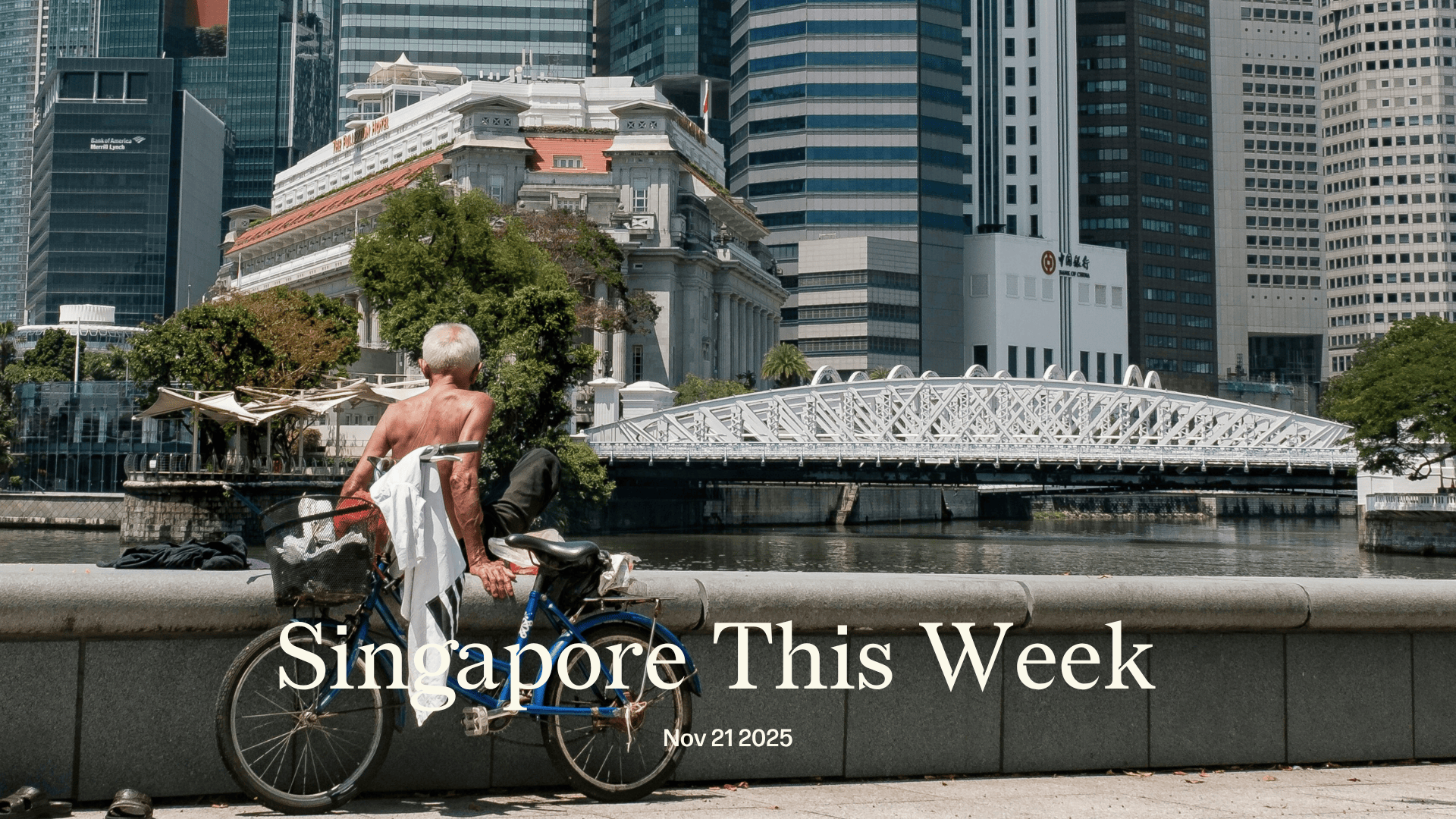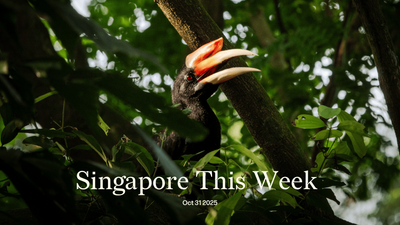For subscribers only
Subscribe now to read this post and also gain access to Jom’s full library of content.
Subscribe now Already have a paid account? Sign in
Philanthropy on social media; malnutrition among the elderly; the downstream effects of childhood privilege; the sleazy Ken Lim and Achraf Arjaouy; the first Malay woman to undergo gender-affirming surgery, in 1974; Singapore’s only stunt school closing; and more.
Subscribe now to read this post and also gain access to Jom’s full library of content.
Subscribe now Already have a paid account? Sign in
The PAP’s big bash; KKH and Salmon’s Maternity Home; the pros and cons of Buy Now, Pay Later; the road to sustainable cooling in a world that is heating up; RF Kuang at the Singapore Writers Festival, and more.

The Noor Deros saga singes Workers’ Party; Twelve Cupcakes crumbles; our lost youngsters; 30 by 30 sleeps with the fishes; play with clay keeping old age at bay; and more.

Singapore’s far right; our links to one of Asia's largest crime syndicates; demand for organic meat; the lives of the ultra-rich; John Miksic passes on; a winged wonder returns; intentionality at the SG Biennale; and more.

Japan’s first female prime minister; the joys of shedding corporate responsibility; the pleasantly surprising acquittal of three activists; the importance of caregivers; Changi airport becomes more inclusive; the cinephiles battling to keep big screens alive; and more.

Shan clashes with Pritam in Parliament; Chee Soon Juan’s newest book; Old Chang Kee among those recognised as heritage businesses; TCM as part of holistic healthcare; the centuries long arcs of solar and coal power; events for pai kias and guai kias; and more.

Migrant workers’ mental health; Tang Liang Hong passes on; what price a life in SG Inc; an exciting new local expedition to the depths of the Indian Ocean; our connections with Salem, the town known for 17th century witch hunts; and the arts community brainstorms ways to overcome costly rentals.
Please click on the link sent to your e-mail to login to your account.